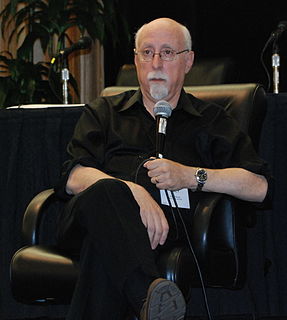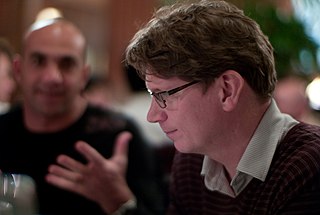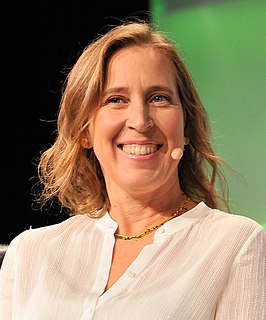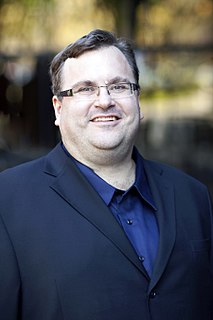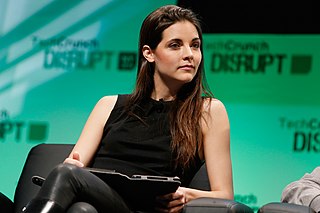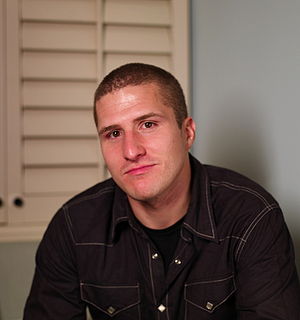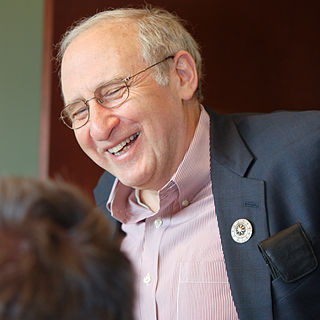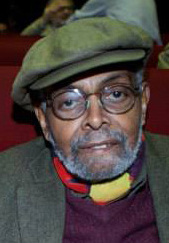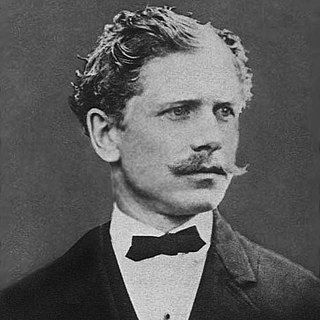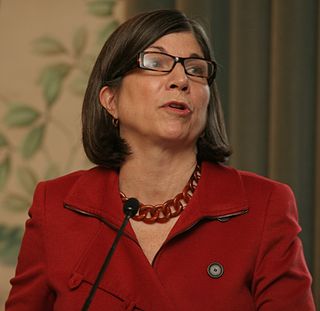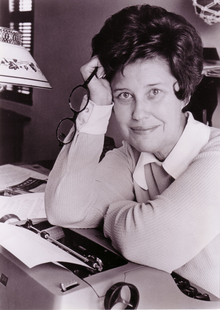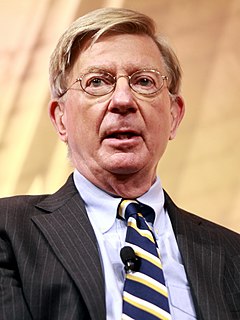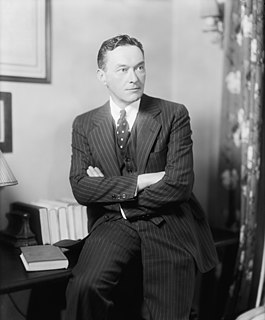A Quote by Walt Mossberg
Slack spread through businesses like wildfire, initially in the tech and media sectors, but now much more widely. At its public launch in February 2014, it had 17,000 users. As of April 1st, 2016, that number had rocketed to 2.7 million daily active users.
Related Quotes
When The Daily Muse initially wanted to launch a job board, our first ideas were insanely (and needlessly) complex. We wanted to integrate with social networks, gather rich personal data to build predictive algorithms, and put together numerous cool visualization tools before launching out to the world. We were just sure users would love it!
